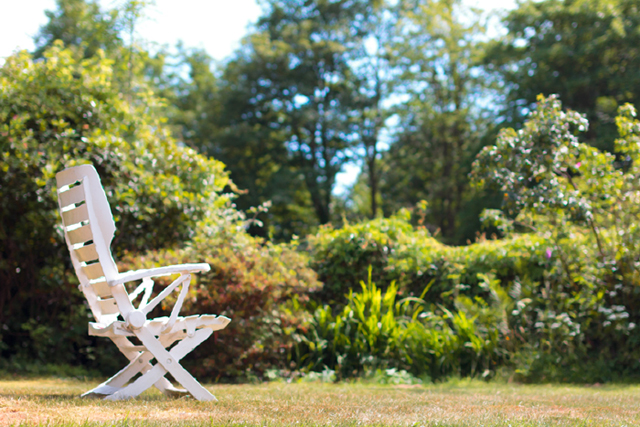How to get your Vitamin D Levels Up While Protecting your Skin
Vitamin D, also known as the “sunshine vitamin,” does more for your body than you think: it influences nearly 3,000 different genes in your body. Receptors that respond to the vitamin have been found in almost every type of cell, from the brain to the heart to the bones. The skin also benefits tremendously from Vitamin D. Having a sufficient amount helps minimize acne, boost elasticity, stimulate collagen production, enhance radiance, and lessen the appearance of lines and dark spots. The Institute of Medicine of the National Academies’ Recommended Dietary Allowance (RDA) for vitamin D is 600 IU (International Units) a day for people between the ages of 1 and 70. This amount can be easily acquired through sun exposure, the most natural method, certain foods, and supplements. While vitamin D is most easily and naturally acquired through sun exposure, waiving skin protection can come with a price. New York City dermatologist Dr. Robert M. Bernstein of Bernstein Medical advises, “Going into the sun without proper protection can have dangerous adverse reactions to the skin over time like sun spots and skin cancer. It’s better to wear sunscreen and protect your skin at all times.”
The Sunscreen Factor
Proponents of getting vitamin D through sun absorption, like The Vitamin D Council, suggest exposing yourself to the sun for 10 to 15 minutes before applying sunscreen. The Vitamin D Council touts: “The most natural way to get vitamin D is by exposing your bare skin to sunlight (ultraviolet B rays). This can happen very quickly, particularly in the summer. You don’t need to tan or burn your skin to get vitamin D. You only need to expose your skin for around half the time it takes for your skin to turn pink and begin to burn. How much vitamin D is produced from sunlight depends on the time of day, where you live in the world and the color of your skin. The more skin you expose the more vitamin D is produced.”
The problem with exposing bare skin to sunlight before sunscreen is that any amount of time in the sun without proper protection greatly increases the risk of skin cancer and causes the skin to age prematurely.
Sunlight Effects Aging Skin
In addition to an increased risk of skin cancer, sun exposure also greatly ages the skin and can cause DNA damage. The sun’s UV rays can greatly effect the skin’s appearance by causing premature aging. Examples of this include wrinkles, hyperpigmentation like sun spots, sagging, fine lines, and leathering. Fortunately, we don’t have to fry our skin to get vitamin D, there are others ways to make sure we get our daily dose of the “sunshine vitamin”.
Vitamin D Foods
While the amount of vitamin D present in these foods isn’t enough to achieve the daily recommended dose, any little bit can certainly help. Vitamin D foods are:
Fatty fish (ex: salmon)
Beef liver
Egg yolks
Fortified milk and orange juice
Fortified cereals
Infant formula
Vitamin D Daily Supplements
There are two kinds of vitamin D supplements on the market today: D2 and D3. D3 is the closest to the what the body produces from sunlight. It’s converted into its active form much faster than D2 and is available in more potent dosages.
Dermatologists emphasize the most effective alternative to sun exposure and vitamin D-fortified foods are daily supplements. Dr. Bernstein concurs: “The easiest and most risk-free way of getting your vitamin D levels up is to take supplements.”

